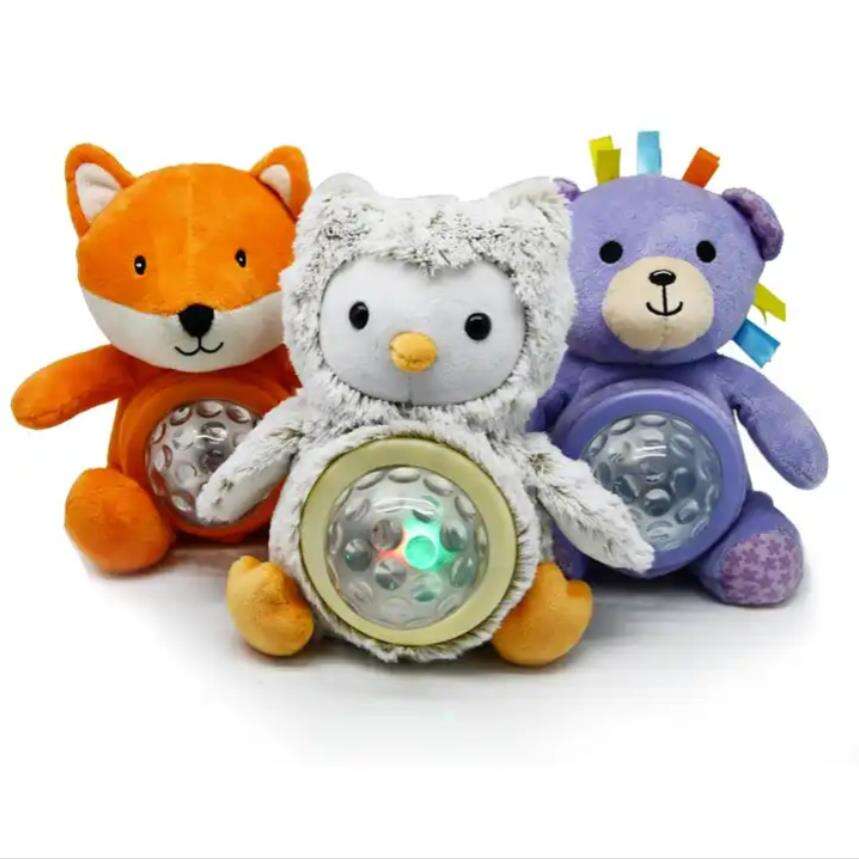Creative Ways to Use Plush Toys in Educational Settings
The Educational Power of Plush Toys
Cognitive Benefits of Tactile Learning Tools
Plush toys serve as effective tactile learning tools, offering multi-sensory experiences that significantly enhance cognitive development in young learners. Research indicates that engaging with these toys can help children retain information more effectively through physical interaction, compared to passive learning methods. By incorporating plush toys into educational settings, educators can cater to various learning styles, thereby supporting tactile, auditory, and visual learners. These versatile tools provide an engaging platform for children to explore and understand complex concepts through hands-on activities, enhancing their cognitive skills in a playful manner.
Emotional Regulation Through Weighted Stuffed Animals
Weighted stuffed animals are increasingly recognized for their role in aiding emotional regulation, particularly in children managing anxiety and stress. The sensory input from these weighted toys can activate a calming response, making them valuable tools in educational settings where emotional well-being is crucial. Studies suggest that children who interact with weighted plush animals often experience reduced stress levels and improved emotional expression. These toys not only offer comfort but also facilitate emotional connections, enabling children to express their feelings and connect with peers more easily.
Building Social Skills with Interactive Play
Interactive play with plush toys is a powerful way to foster social skills and teamwork among children. Such play scenarios, which often involve role-playing and storytelling, encourage cooperative interactions that are vital in developing social competencies like empathy and negotiation skills. By using plush toys in group activities, educators can enhance communication abilities as children articulate their thoughts and emotions. This form of play not only nurtures social development but also builds confidence, as students learn to express themselves and collaborate effectively in various social contexts.
Creative Instructional Strategies with Plush Companions
Storytelling & Role-Play Scenarios
Using plush companions during storytelling sessions can captivate students' attention, making narratives more memorable and engaging. These soft toys can act as characters, bringing stories to life and allowing students to immerse themselves in imaginative worlds. By embodying plush toys in role-playing activities, students can act out stories, which enhances comprehension and retention, as the physical interaction aids understanding. Moreover, incorporating plush toys into lessons encourages creativity, inspiring students to invent their own characters and plots, thus boosting their creative thinking and narrative skills.
Math Manipulatives Using Animal Characters
Plush animal characters can serve as engaging manipulatives to teach mathematical concepts, making abstract ideas concrete and tangible. These toys help teachers create counting songs and games, reinforcing numerical understanding in a playful manner that appeals to young learners. By using different plush toys to illustrate comparative concepts such as bigger/smaller and more/less, students can visually grasp these ideas, enhancing their quantitative thinking skills. Such interactive strategies transform math learning into a fun and captivating experience.
Music Education Through Squeaker Toy Interactions
Squeaker toys can capture children's interest and be integrated into music education, facilitating interactive and immersive learning experiences. These plush toys can be used to create rhythm and sound, introducing students to musical concepts like beats, tempo, and dynamics. Engaging with plush companions during music sessions motivates students to participate actively and express their creativity, fostering a deeper understanding of music through hands-on activities. This approach not only enhances their musical knowledge but also encourages an innovative and joyful exploration of sound and rhythm.
Specialized Learning Applications
Weighted Plush Animals for Focus Training
Integrating weighted plush animals into learning environments can significantly help students with attention issues. These items provide sensory input, promoting concentration and focus. For instance, a study highlighted in the International Collegiate Journal of Science indicates that weighted toys can lead to improved focus and behavior in children, especially those with ADHD. This calming effect helps reduce distractions during lessons, creating a more effective learning atmosphere. According to Dr. Esther Hess, such transitional objects can support emotional regulation, ultimately fostering a more conducive space for education.
Bilingual Education with Monolingual Toy Personas
Using plush toys with distinct language personas offers an innovative approach to bilingual education. By incorporating toys that "speak" different languages, children are introduced to vocabulary and grammar naturally and engagingly. This method encourages spontaneous use of language as children interact with these characters, enhancing their linguistic skills. Such interactive play facilitates a natural language acquisition process, enabling children to explore conversations in various languages among peers. This immersion technique helps build a strong foundation in bilingualism, promoting both language learning and peer communication.
STEM Concepts Through Textured Toy Exploration
Textured plush toys can be instrumental in teaching STEM concepts by stimulating sensory exploration. This tactile engagement is particularly beneficial for young learners as they explore different materials and textures, laying the groundwork for discussions on physics, material sciences, and environmental studies. Utilizing plush toys within STEM education promotes inquiry-based learning—students are encouraged to ask questions and initiate experiments. This style of learning not only engages curiosity but also enhances understanding and retention of complex concepts by providing hands-on experiences with tangible objects.
Featured Educational Plush Tools
Customized Pet Toy Collection - Interactive Owl Squeaker
The Customized Pet Toy Collection, specifically the interactive owl squeaker, is a fantastic educational tool that captivates children's interest. This toy can be customized to enhance engagement during reading sessions, making learning more exciting. The sound effects feature provides auditory cues essential for narrative storytelling, enriching students' understanding. Tailoring the owl squeaker to fit different themes can reinforce curriculum objectives while ensuring that learning remains fun and interactive. Learn more about the Interactive Owl Squeaker.
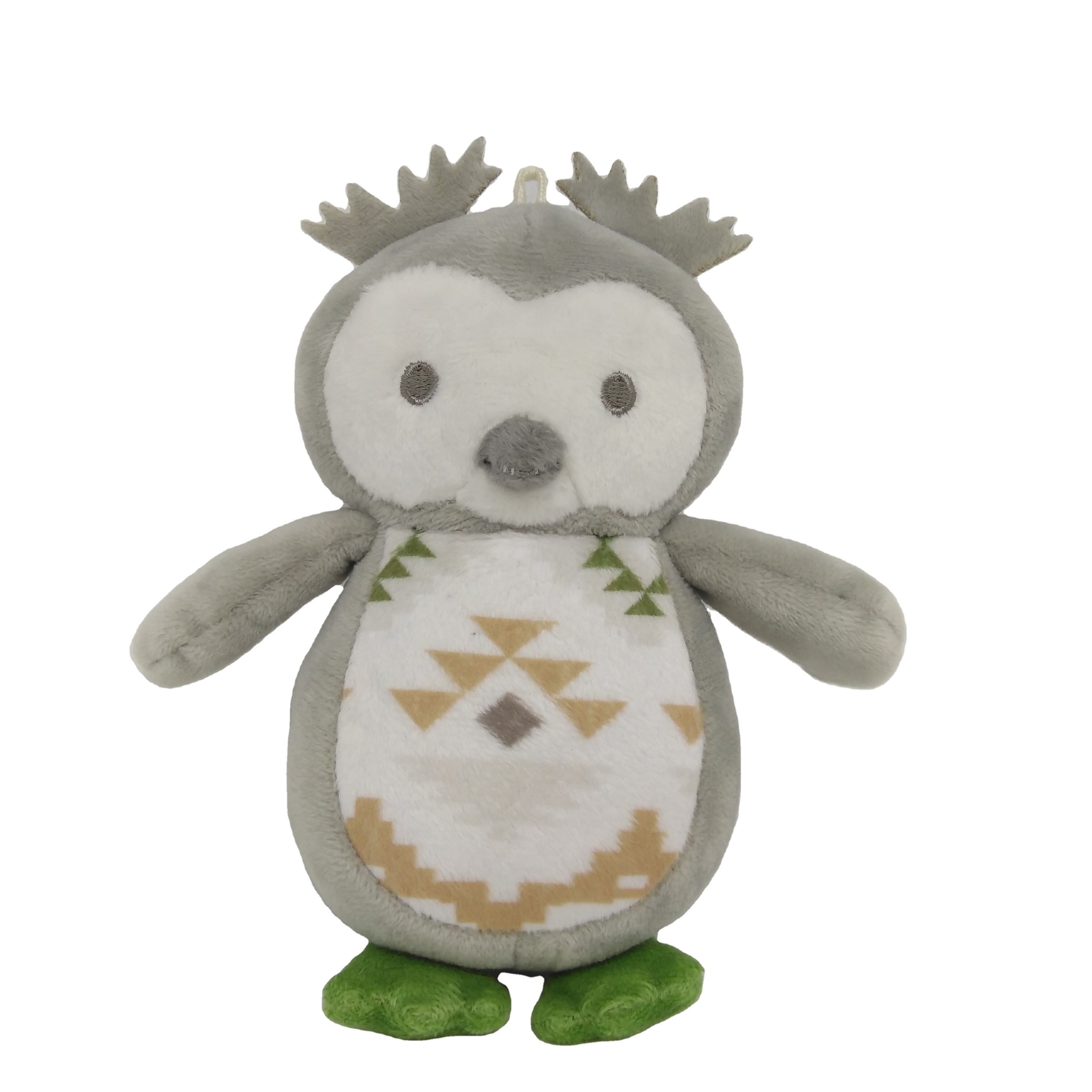
Pumpkin Plush for Seasonal Learning Activities
A pumpkin plush toy serves as an effective visual aid during seasonal learning activities, especially around Halloween and Thanksgiving. Teachers can use this adorable toy to incorporate thematic lessons covering topics like harvesting and the changing seasons, making these subjects more relatable for young learners. Utilizing seasonal toys like the pumpkin plush fosters engagement and enhances students' connection with the content being taught. Explore the Pumpkin Plush.
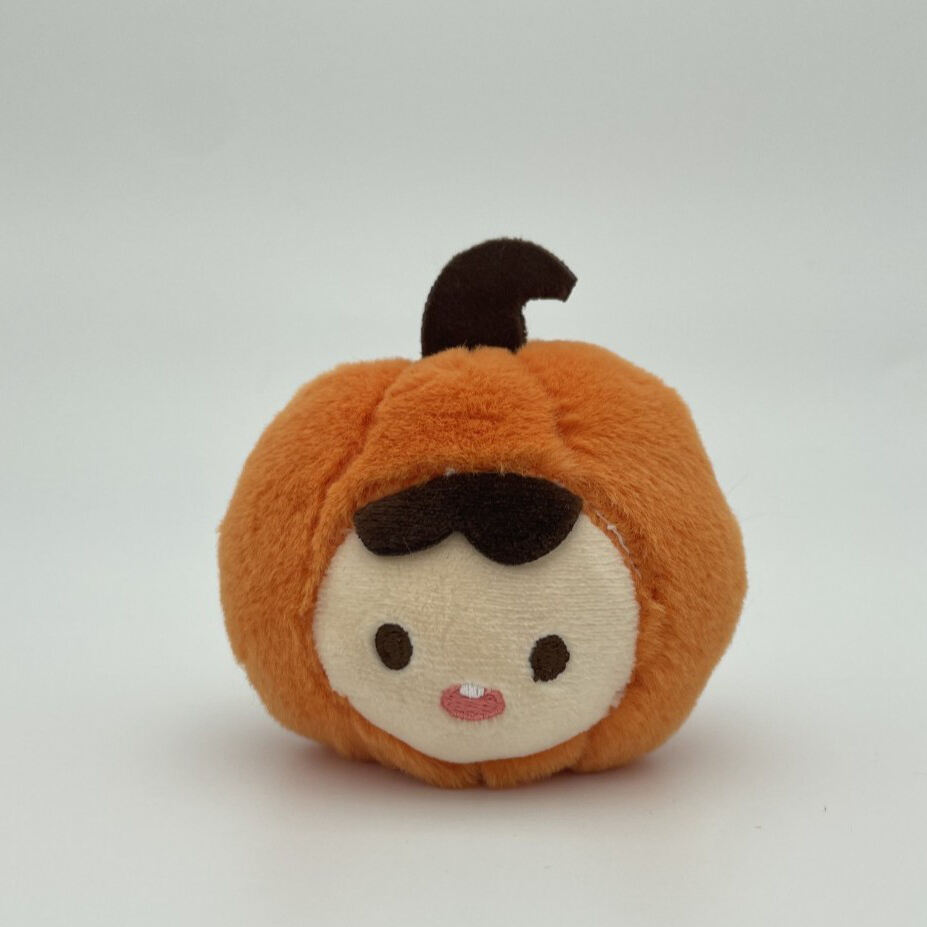
Squirrel Textured Toy for Sensory Play
The squirrel textured toy is a fantastic resource for enhancing sensory play, which is crucial for preschoolers' development. This tool encourages activities that promote descriptive language skills as children classify textures and sensations, aiding their cognitive growth. By integrating sensory toys like the squirrel into the curriculum, teachers can foster creativity and exploration, helping young learners develop a deeper understanding of their environment. Discover the Squirrel Textured Toy.
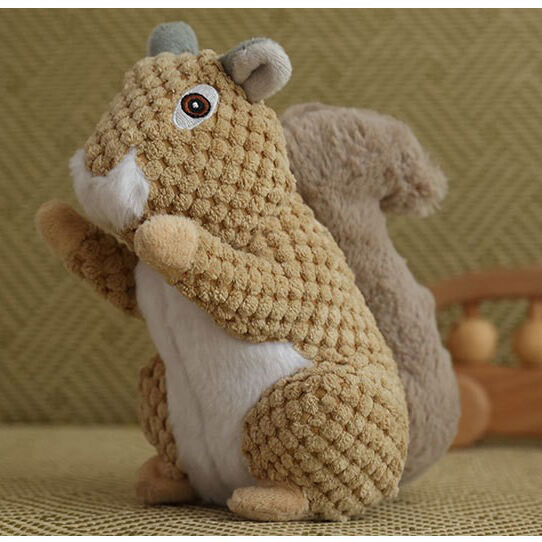
Banana-Shaped Plush for Food Group Education
The banana plush is a charming educational aid for introducing children to nutritional concepts and food groups. Activities involving this toy can facilitate engaging discussions about healthy eating habits and balanced diets, making nutrition relatable and fun for young learners. Incorporating food-related plush toys into lessons not only enhances retention but also motivates students to engage actively with nutritional education. See more about the Banana-Shaped Plush.
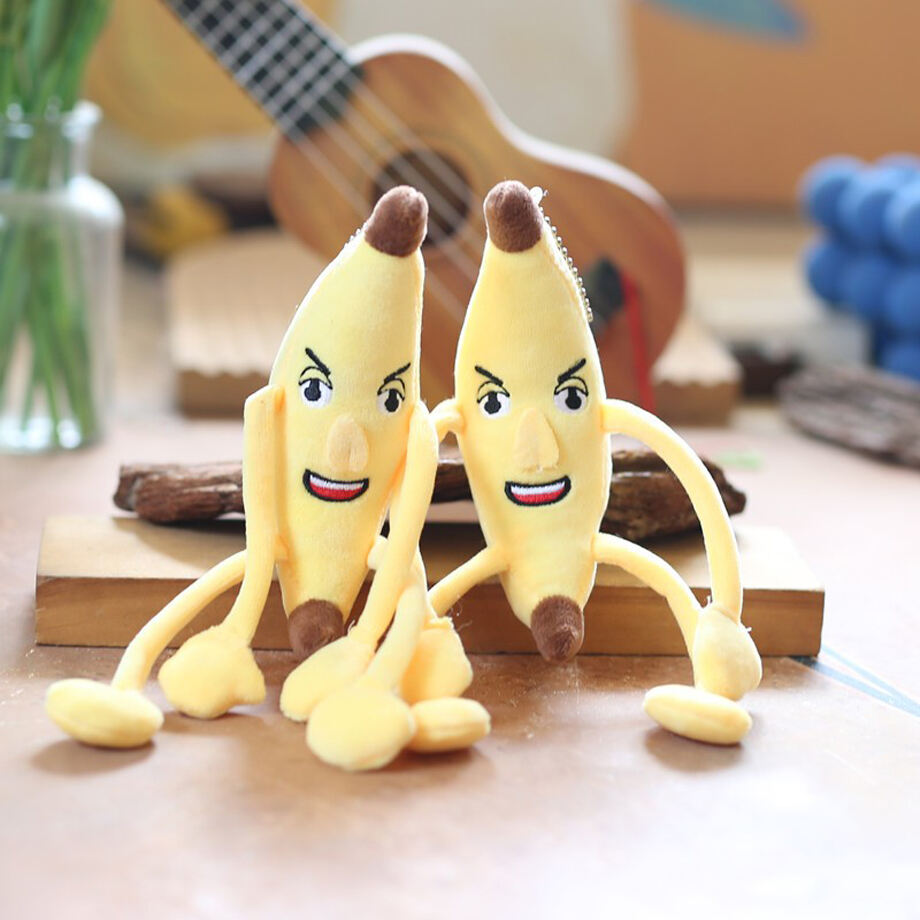
Implementing Plush-Based Lesson Plans
Creating Safe Spaces with Comfort Objects
Incorporating plush toys as comfort objects is a beneficial strategy for creating a safe and inclusive learning environment for children. When students are in a secure and welcoming space, they are more likely to engage positively with learning activities. By integrating plush toys, schools can transform classrooms into nurturing spaces that promote emotional well-being. This sense of security can significantly impact students' ability to focus and participate actively in educational modules, improving the overall school climate.
Behavior Reinforcement Through Toy Timeouts
Using plush toys as a behavioral tool can effectively reinforce positive actions through play-based timeouts. This approach allows children to understand behavioral expectations in a gentle and non-confrontational manner. By associating plush toys with behavioral reflection, children can contemplate their actions and choices, leading to improved conduct. Additionally, this strategy fosters a respectful classroom environment where students feel supported, ultimately facilitating better learning outcomes and emotional development.
Cross-Curricular Activity Ideas
Implementing plush toys in cross-curricular activities is an effective way to encourage holistic learning and link subjects through creative play. Lesson plans can be designed around a common plush character theme to integrate literacy, mathematics, and science. This approach not only reinforces knowledge retention but also demonstrates the relevance of interconnected learning to students. By exploring different subjects cohesively, students gain a more comprehensive understanding of how various areas of study relate to one another, enhancing their overall educational experience.
Maintenance & Safety Considerations
Choosing Durable Educational Toys
When selecting plush toys for educational settings, durability is a top priority. These toys, often used daily by children, must withstand frequent handling to ensure longevity and reduce waste. Therefore, choosing plush toys made from high-quality materials is crucial as they enhance safety and performance, providing educators with a reliable and effective learning tool. Moreover, durability is imperative in the active environments of classrooms where wear and tear is inevitable. Having robust plush toys reduces replacement needs and continuously enhances the learning experience, making these educational tools dependable for both educators and students.
Hygiene Protocols for Shared Resources
Maintaining hygiene for plush toys in classrooms is critical to safeguarding students' health. Establishing regular cleaning schedules is essential to keep these shared resources sanitized and safe. Such routines should include washing and disinfecting to prevent the spread of illnesses. Educators can enhance classroom safety by communicating these hygiene protocols to students, fostering a sense of care and responsibility. Educating children about hygiene practices ensures they appreciate the importance of cleaning, thus cultivating a healthy and conducive learning environment.
Age-Appropriate Weight & Size Guidelines
Adhering to age-appropriate weight and size guidelines is essential when choosing plush toys for educational purposes. These guidelines ensure the toys are safe and suitable for different developmental stages. Educators must be vigilant in following established standards to avoid the hazards that oversized or overly heavy toys might present to young children. Offering these guidelines helps in selecting the right plush toys for various age groups, maximizing their educational benefits while ensuring children's safety. This approach not only enhances learning but also ensures that plush toys remain an enjoyable and safe part of the classroom experience.
Recommended Products
Hot News
-
Selecting the Right Educational Toys for Different Age Groups
2024-11-08
-
Materials Used in the Production of Stuffed Animals
2024-11-04
-
Chinese Plush Toy Factories Lead the Global Market with Innovation and Quality
2024-01-23
-
How Plush Toys Can Boost Your Mental Health and Well-Being
2024-01-23
-
Plush Toys Factory Industry Trends: A Growing Market with Challenges and Opportunities
2024-01-23
-
Plush Toys Market Demand on the Rise
2024-01-23
-
Woodfield Website Online
2024-01-22
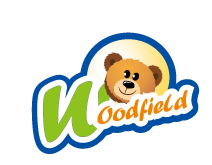
 EN
EN
 AR
AR
 BG
BG
 HR
HR
 DA
DA
 NL
NL
 FI
FI
 FR
FR
 DE
DE
 EL
EL
 IT
IT
 JA
JA
 KO
KO
 NO
NO
 PT
PT
 RO
RO
 RU
RU
 ES
ES
 SV
SV
 TL
TL
 IW
IW
 ID
ID
 SR
SR
 UK
UK
 HU
HU
 MT
MT
 TH
TH
 TR
TR
 FA
FA
 MS
MS
 GA
GA
 IS
IS
 EU
EU
 BN
BN
 LO
LO
 LA
LA
 SO
SO
 KK
KK

